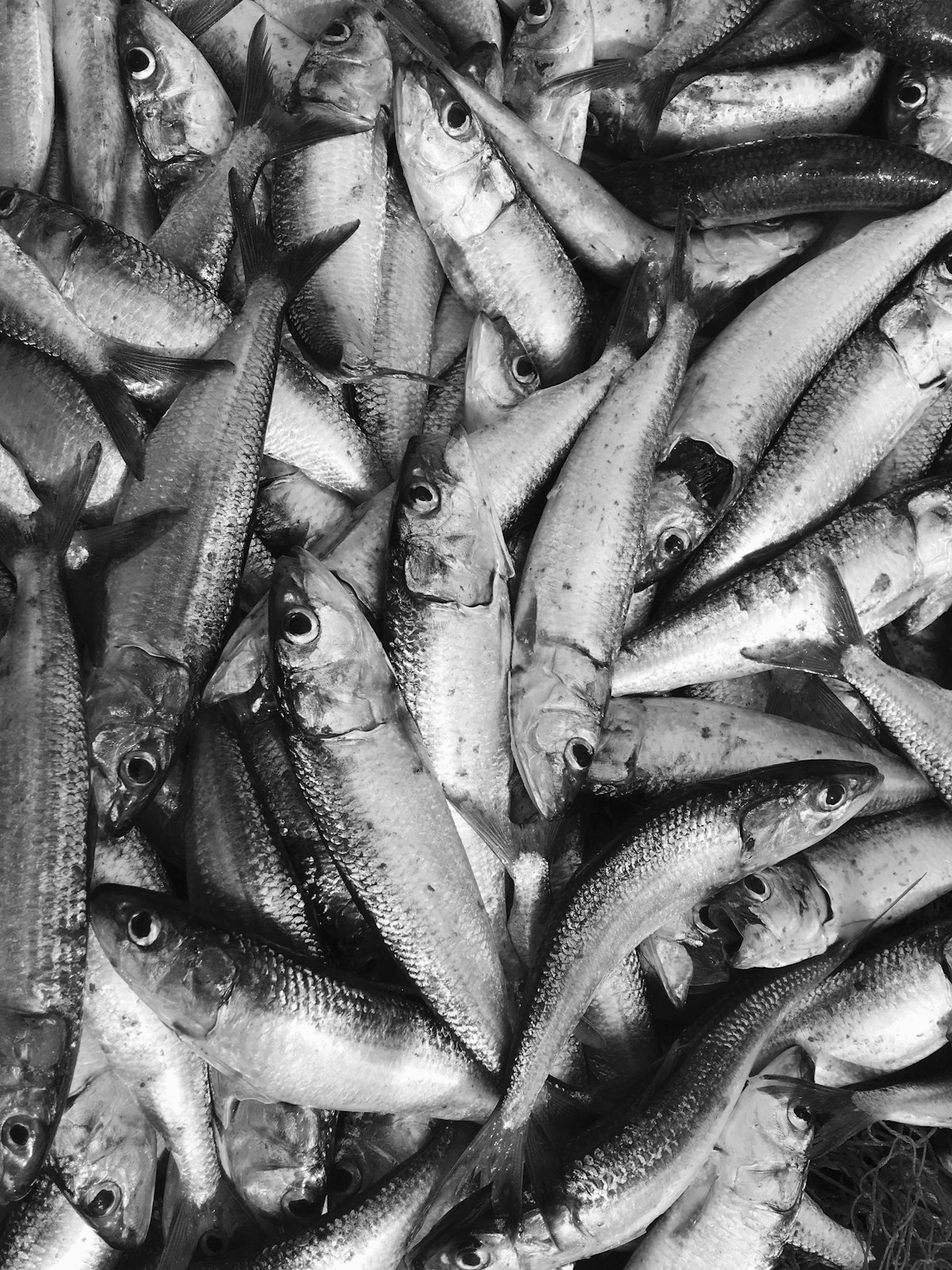What killed the sardines of Barahona?
When asked the question of what killed the sardines in the port of El Cayo de Barahona, the answer is simple; it was all of us.

For a long time, the coastal zone and the sea have been used as the recipient of waste generated by human activity. The seas and oceans are our main dumping ground and that is where the remnants and leftovers of our consumption end up.
Until the middle of the 20th century, the physical, chemical, and biological processes in the seas had been responsible for assimilating these wastes, mainly by dispersing them in the colossal dimensions of the ocean masses. The excessive pollution of the seas and coasts, the cumulative effects over time, and the increase in waste, both in quantity and harmful effect, are depleting the biological regeneration capacity of the seas and oceans.
According to the internationally accepted definition, marine pollution results from the introduction into the marine environment, directly or indirectly, by humans, of substances or energy that produce or may produce harmful effects on marine living resources, hazards to human health, obstacles to marine activities including fishing and navigation, qualitative deterioration of seawater quality, reduction of recreational opportunities and other legitimate uses of the sea.
Fish die as a result of a wide variety of natural and unnatural causes. They can die from starvation, bodily injury, stress, suffocation, water pollution, disease, parasites, predation, toxic algae, severe weather, and other reasons. Sudden and large fish kills are often the result of fish suffocation caused by oxygen depletion.
In Puerto del Cayo de Barahona, the only species involved in the mortality is a fish of the sardine group (Clupeidae, Harengulaclupeola). This species has pelagic habits (surface waters), that is, it always stays in the water column and feeds on floating organisms. This species is very sensitive to changes in environmental water quality parameters and can be affected by sudden changes in temperature, salinity, or lack of dissolved oxygen.
Due to the characteristics and evidence of the mortality process that occurred in the inlet of the port of El Cayo de Barahona, we can affirm that we are facing a case of mortality triggered by organic contamination of the water and changes in water quality, which caused stress and environmental hypoxia or depletion of dissolved oxygen in the water, which finally caused the direct death of these fish by asphyxiation.
In the dock of the city of Barahona, as well as in other coastal and marine areas of the country, the environmental conditions are under the great impact, especially the sea and its water quality, mainly due to the decomposition of organic matter, aggravated in many cases by the upwelling and decomposition of sargassum and leachates generated by pollution.
In addition to other products present in the runoff of urban or industrial wastewater, continental runoff from rainy seasons, contributions of other organic products that increase nutrient discharges, and inorganic elements that go to the large marine "garbage dump". All of the above causes the phenomenon called eutrophication or over-enrichment of the waters due to anthropogenic or human activities.
This excess of nutrients discharged into the various bodies of water is one of the factors that have led to an increase in algal blooms in the last two decades worldwide and the creation of areas known as "dead zones" in areas close to the discharge of large rivers and urban settlements, with their negative effects, These include variations in environmental conditions in aquatic ecosystems, leaving the water column without oxygen, which in turn induces changes in the composition of the community of living beings and kills organisms such as fish, mollusks, and arthropods by asphyxiation.
Anthropogenic activities cause an algal bloom to change from a natural event to pollution and decomposition of the algae that makes it harmful. Therefore, we are the ones to blame for the death of the sardines in Barahona. This coastal and marine pollution problem, if not stopped and corrected, will have synergies with other forms of global environmental deterioration, such as climate change and its influence on hydrometeorological events, water stress, and changes in the hydrological cycle and quality of marine waters, which are expected to become more severe over time.
By José Ramon Reyes and Enrique Pugibet Bobea. Source: El Dia




